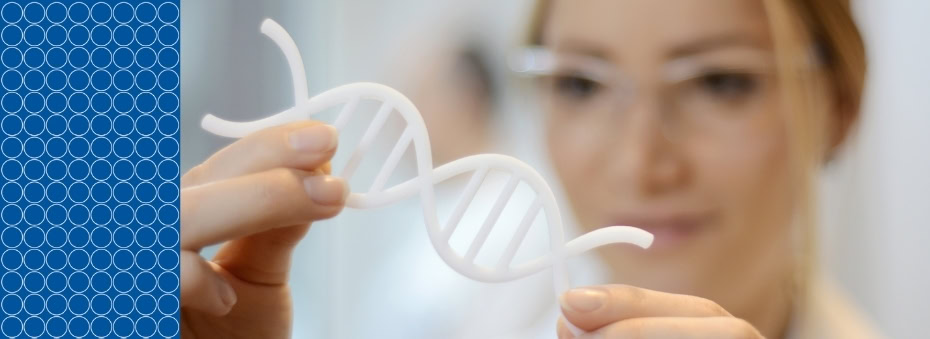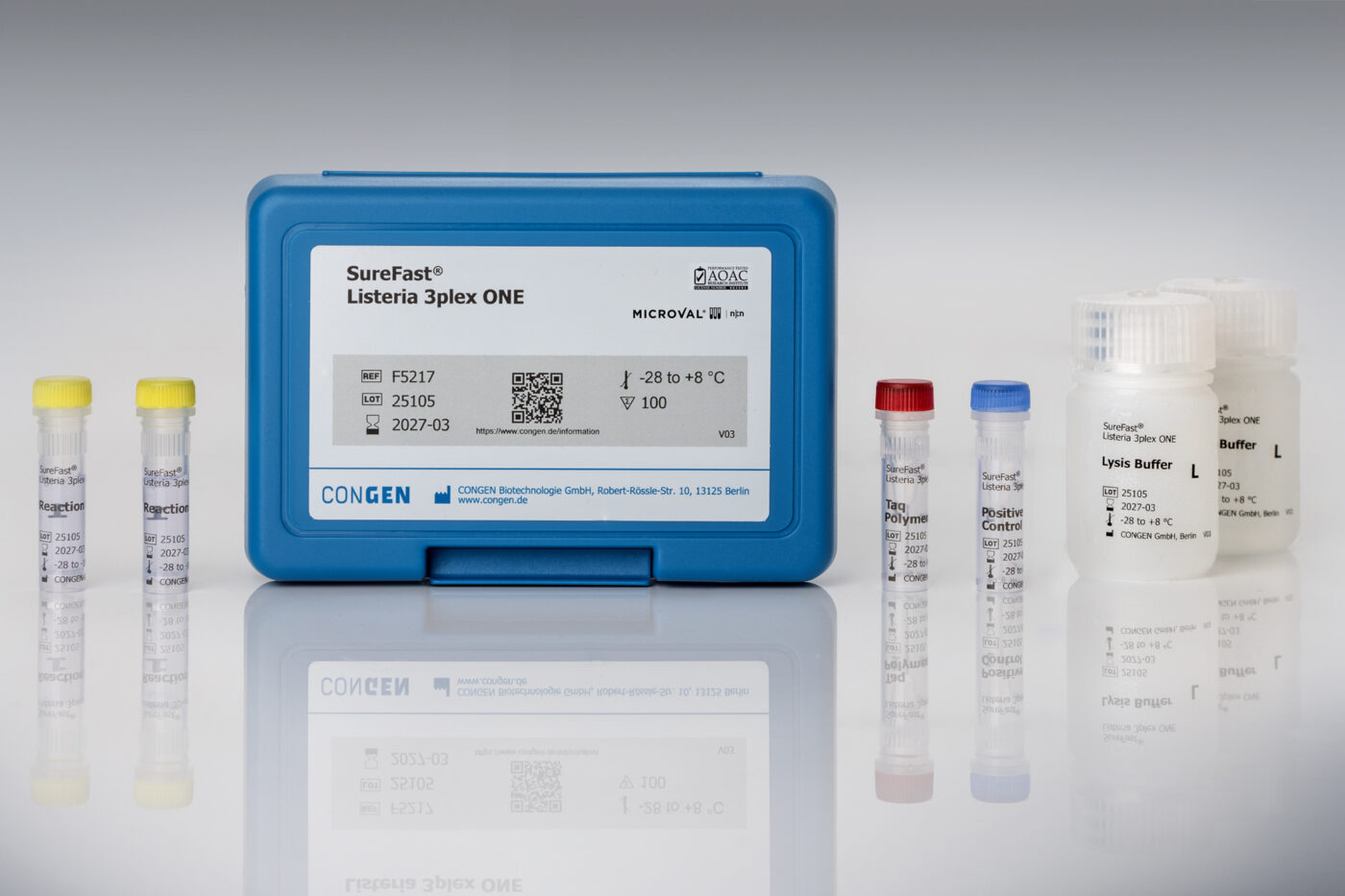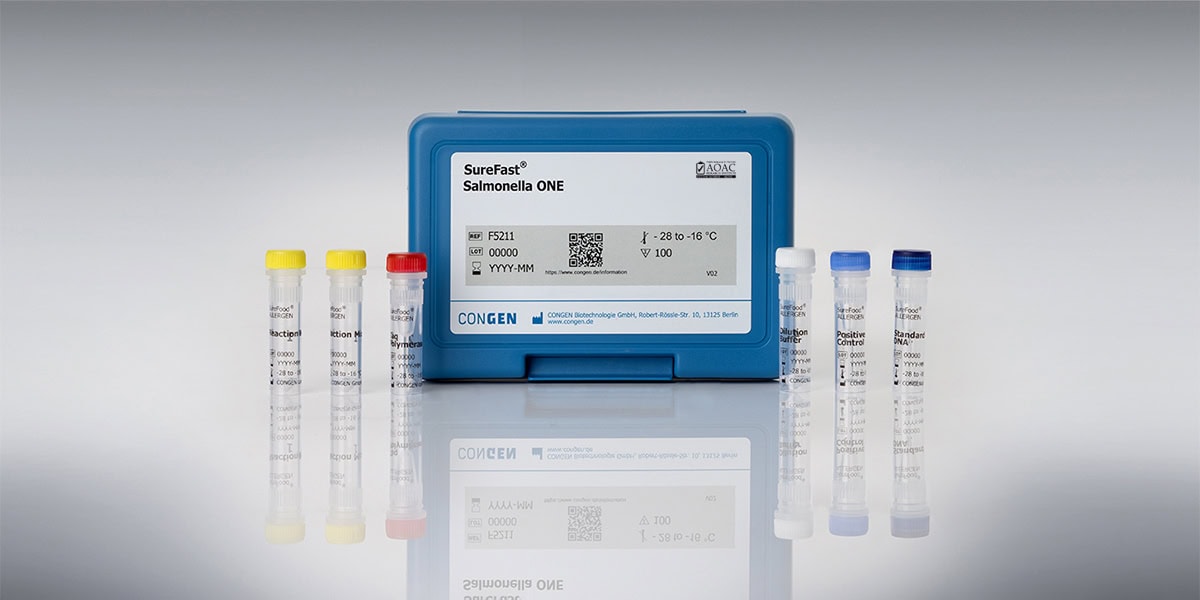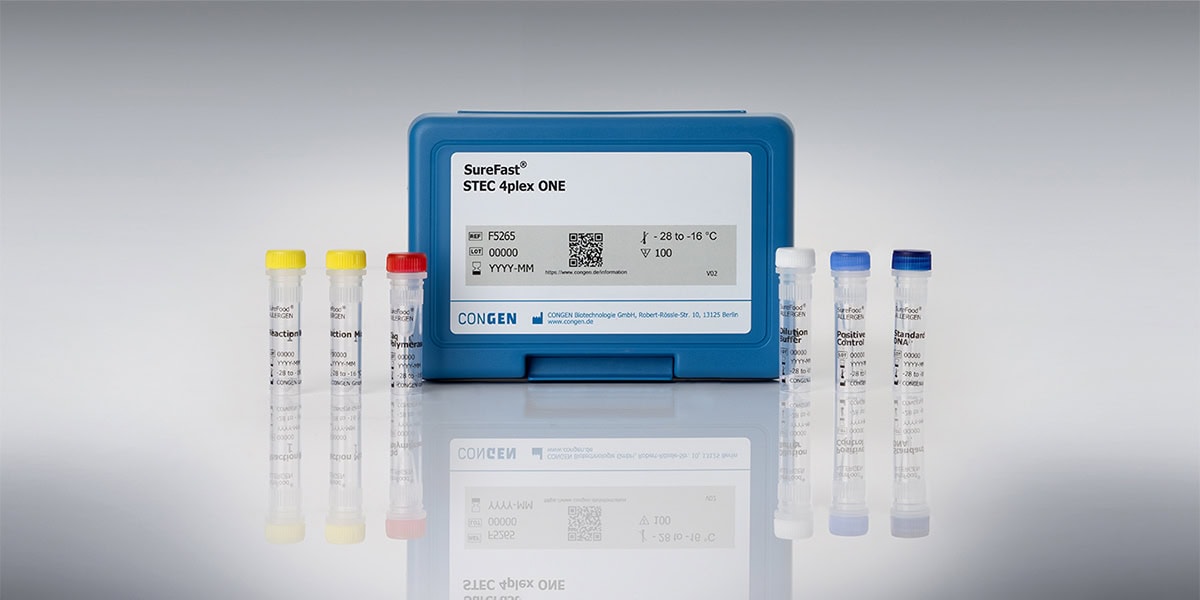
Recent news in Food & Feed Analysis
- Home
- /
- WGS and Real-Time PCR...
WGS and Real-Time PCR – Partners, Not Competitors

How Whole Genome Sequencing (WGS) and Real-Time PCR are shaping the new era of food safety
With Regulation (EU) 2025/179, the European Union mandates the use of Whole Genome Sequencing (WGS) for certain foodborne pathogens starting August 23, 2026:
- Listeria monocytogenes
- Salmonella enterica
- E. coli
- Campylobacter jejuni
- Campylobacter coli
This applies when these pathogens are linked to a foodborne outbreak, or such a link is suspected.
The goal is to establish a pan-European molecular early warning system that can detect and resolve outbreaks across borders more quickly.
While WGS becomes the new standard for traceability, real-time PCR remains the operational backbone of daily analytics – fast, sensitive, and proven in practice.
WGS – The new reference technology for traceability
Whole Genome Sequencing analyzes the complete DNA of a microorganism, detecting even the smallest genetic differences between isolates.
The result: a digital fingerprint of each pathogen. These data allow authorities and laboratories worldwide to compare strains – regardless of where they were isolated. This enables:
- Real-time cluster detection and outbreak investigation
- Global comparison databases (e.g., EFSA, ECDC, NCBI)
- Improved risk assessment and source identification
What does the EU require starting in 2026?
According to Regulation (EU) 2025/179, Member States must use WGS when:
- A foodborne outbreak is suspected or confirmed
- Isolates from food, animals, feed, or the environment are linked to such an outbreak
This primarily affects:
- National reference laboratories
- Regional food and veterinary laboratories
- Government food inspection authorities
Food businesses themselves are not required to perform WGS – but they must provide isolates or existing sequence data upon request by authorities.
EFSA requires the submission of specific data alongside WGS sequences. This includes reference identifiers, the pathogen species, the sampling date, and the Member State where the sampling occurred, as well as a description of the source—whether it be food, animal, feed, or environmental material. WGS results should be forwarded to EFSA promptly once they become available.
Real-Time PCR – The operational pillar of food safety
Despite technological advances, real-time PCR remains a key tool for routine and rapid testing. It offers:
- Results in hours instead of days
- High sensitivity
- Standardized protocols
- Automatable workflows for high sample volumes
Practical applications include:
- Release testing (e.g., for fresh or ready-to-eat products)
- Environmental and hygiene monitoring (CIP, surfaces)
- Raw material control and supplier evaluation
From testing to strategy – WGS and real-time PCR working together
„Real-time PCR detected it. WGS shows where it came from. Real-time PCR prevents it from happening again.”
A future-proof testing system combines real-time PCR and WGS in a tiered process:
- Screening via real-time PCR – Early detection of pathogens or indicators
- Cultural isolation of positive samples – Basis for further analysis
- WGS analysis of relevant isolates – For traceability, clustering, and outbreak investigation
This ensures WGS is used only when necessary – and real-time PCR remains the cost-effective decision-making tool in routine operations.
For further info on pathogen testing – visit https://food.r-biopharm.com/highlights/surefast-one-qpcr-kits-for-reliable-detection-of-food-pathogens-now-aoac-microval-certified/
Source: https://eur-lex.europa.eu/eli/reg_impl/2025/179/ojhttps://food.ec.europa.eu/document/download/bb6b197a-cce2-4ebf-aca2-ebb6696c803f_en



